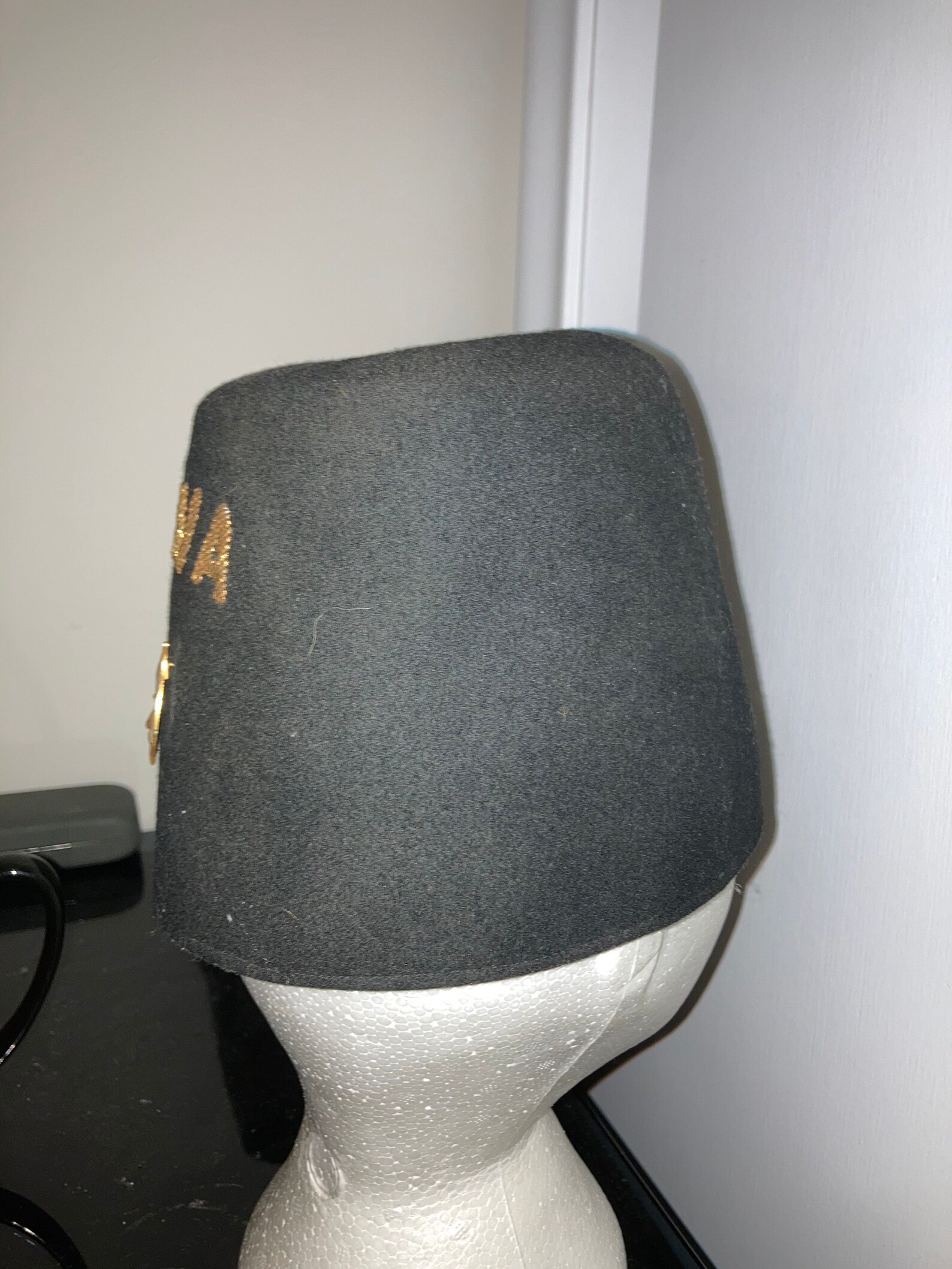

The crescent was adopted as the jewel of the Order.Īlthough any material can be used to form the Crescent Moon, the most valuable are the claws of a royal Bengal tiger, united at their base in a gold setting. The fez was subsequently banned in Turkey in 1925 as part of Atatürk's reforms. It was intended to replace the turban, which acted as a marker of identity, dividing rather than uniting the population. In 1829, Mahmud issued new regulations requiring the use of the Fez by all civil and religious officials. The decision was inspired by the Ottoman naval command, which had earlier returned from the Maghreb and embraced the style. In 1827, Mahmud II commissioned the Fez as a modern headdress for his new army, the Asakir-i Mansure-i Muhammediye. The Fez became a symbol of the Ottoman Empire in the early 19th century. It takes its name from the place where it was first made - the holy city of Fez, Morocco. The red fez with a black tassel, the official headgear of the shrine, has been handed down through the ages. Fleming is listed as member #1 in the 1904 Report of Mecca Temple, New York City. The first temple founded was the Mecca Temple (now known as Mecca Shriners), established on Septemat the New York City Masonic Hall.

The group adopted a Middle Eastern theme and soon established Temples (although the term Temple is now generally replaced by Shrine Auditorium or Shrine Centre). Florence and Fleming were initiated on 13 August 1870, and on 16 June 1871 they began with 11 other men. He then practised medicine in Rochester, New York, until 1868, when he moved to New York City and became a prominent practitioner.įleming created the ritual, the emblem and the costumes. He received a degree in medicine in Albany, New York, in 1862.ĭuring the Civil War, he was a surgeon in the 13th New York Infantry Brigade, a militia unit of what would later be called the National Guard. Walter Millard Fleming (1838 - 1913) was a prominent physician and surgeon. When he returned to New York in 1870, he showed his material to Fleming. The entertainment was something in the nature of an elaborately staged musical comedy.Īfterwards, the guests became members of a secret society.įlorence made many notes and drawings on his first visit and on two other occasions, once in Algiers and once in Cairo. He achieved national prominence with a forty-year career in which he excelled in playing the humorous and poetic Irish character.įlorence received ribbons for his œuvre from the French Societe Histoire Dramatique.įlorence was invited to a party given by an Arab diplomat during a tour in Marseille.

Florence, was an American actor, songwriter and playwright. William Jermyn Conlin (26 July 1831 - 19 November 1891) better known by his stage name William J. With the help of the regulars of Knickerbocker Cottage, Fleming drew up the ritual, designed the emblem and costumes, formulated an invocation and declared that members would wear the red fez. Walter Fleming, a dedicated brother, built on Florence's ideas and used his knowledge of fraternal rituals to transform the Arabic theme into the Ancient Arabic Order of Nobles of the Mystic Sanctuary (A.A.O.N.M.S.). The exotic style, flavours and music of the Arab-themed party inspired him to propose this as the theme for the new fraternity. Knickerbocker Cottage on Sixth Avenue in Manhattanīilly Florence had been on tour in France and was invited to a party given by an Arab diplomat. Fleming and Florence took this idea seriously enough to do something about it. The group often talked about starting a new Masonic fraternity - one that focused on fun and fellowship, rather than ritual. At a special table on the second floor, a particularly cheerful group of men met regularly. In 1870, a group of Freemasons met regularly for lunch at the Knickerbocker Cottage on Sixth Avenue in New York City. The Shriners, aka The Ancient Arabic Order of the Nobles of the Mystic Shrine.


 0 kommentar(er)
0 kommentar(er)
